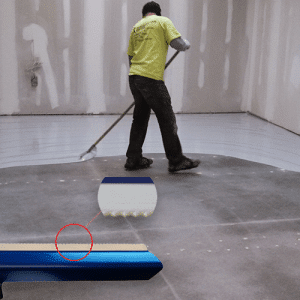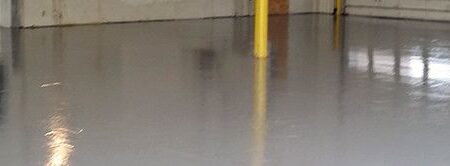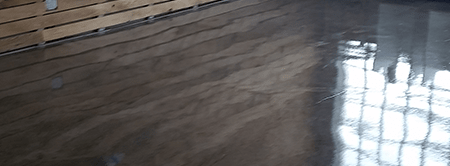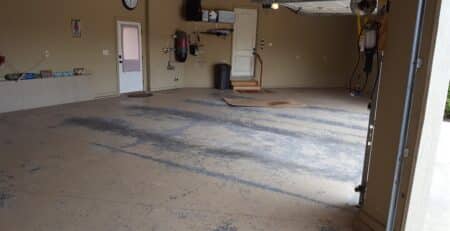16
Apr
Question: Do You Backroll the Epoxy Basecoat Before Broadcasting Floor Flakes?
Answer: This is a crucial question for achieving a professional, durable epoxy flake floor. And the answer is a definitive YES!
Here's the process and why backrolling is essential:
-
Initial Application with a Notched Squeegee: Begin by pouring your epoxy basecoat onto the properly prepared concrete surface. Use a notched squeegee to spread the epoxy evenly across the floor. The notches are designed to leave a consistent, measured thickness of epoxy, which is critical for uniform flake adhesion and overall durability.
-
The Importance of Backrolling: Immediately after squeegeeing, backroll the entire surface with a high-quality, shed-resistant roller. Backrolling serves several vital purposes:
- Even Distribution: It smooths out any inconsistencies or squeegee lines, ensuring the epoxy lies flat perfectly.
- Optimal Wet Edge: It helps to maintain a wet, open edge, which is necessary for the flakes to bond correctly.
- Enhanced Adhesion: A uniformly flat and wet basecoat enables the decorative flakes to embed evenly and securely, preventing bald spots or areas where flakes fail to adhere.
-
Broadcasting the Flakes: Once your basecoat is smoothly and evenly backrolled, you are ready to begin broadcasting your epoxy floor flakes immediately. Work quickly and systematically to ensure the flakes are distributed before the epoxy starts to set.
Our Recommendation for Flake Floors:
For optimal results on epoxy flake floors, we highly recommend using Epoxy Flow 100. This product is specifically formulated for broadcast systems, offering excellent flow characteristics and superior adhesion for decorative flakes, ensuring a beautiful and long-lasting finish.



